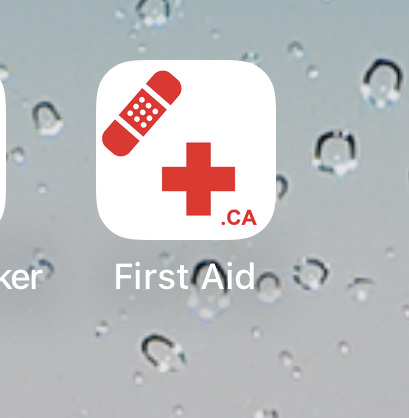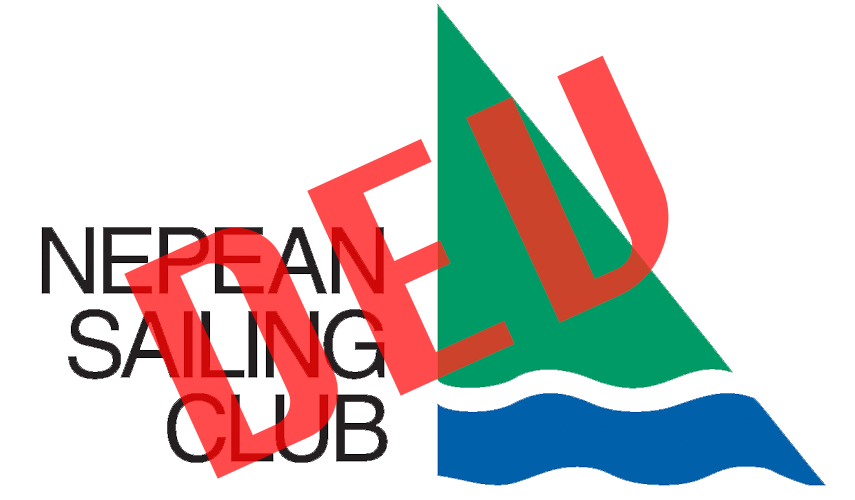First, Stay Safe
In all situations, take no chances, and stay safe. Here is the important contact information:
- Emergency 911
- Ottawa Fire Service: 613-232-1551
Handling Emergencies
These guidelines provide a general framework for handling emergencies. Specific circumstances may require adaptations. By familiarizing yourself with these procedures and practicing them, you’ll be better equipped to navigate challenges and keep yourself and your crew safe during your boating adventures. Print out this information and keep it handy.
A life-threatening emergency in the water requires immediate action and clear communication to ensure the safety of all individuals involved. Follow these steps to respond effectively:
Certainly, I’d be happy to provide more detailed information on how to handle a life-threatening emergency at sea. Here’s an expanded version of the “Life-Threatening Emergency” section:
- Assess the Situation:
- Quickly evaluate the nature and severity of the emergency. This could include medical emergencies, vessel damage, or any situation that poses an immediate danger to life.
- Prioritize the safety of everyone on board and ensure that crew members are aware of the emergency.
- Call for Professional Assistance:
- Dial 911. Inform the dispatcher about the type of emergency, your location, the number of people on board, and any other relevant information.
- If you’re on a maritime radio, use the appropriate distress signal and provide your vessel’s name, location, and details of the emergency.
- Stay Calm and Communicate:
- Maintain a calm demeanour, as panic can escalate the situation. Keep the crew informed about the actions you’re taking and the assistance you’ve requested.
- If the emergency involves a medical issue, provide any necessary first aid or medical attention to the affected individual while awaiting professional help.
- Use Navigation and Communication Tools:
- Utilize GPS or navigation equipment to provide accurate coordinates when communicating with emergency responders. This will help them locate your vessel quickly.
- Keep your radio or communication device operational and within reach, ensuring that you can provide updates or receive instructions.
- Stay in Contact:
- If you’re in a situation where you can stay in contact with the person or vessel in trouble, do so. This can provide valuable information about the evolving situation and the well-being of those involved.
- Offer reassurance and guidance to those in distress, letting them know that help is on the way.
- Prepare for Evacuation:
- If the situation worsens or if instructed by emergency responders, be prepared to abandon the vessel. Ensure that life jackets, life rafts, and other life-saving equipment are readily available and properly deployed if needed.
- Wait for Professional Help:
- Once professional help is on its way, maintain your position and follow any instructions provided by emergency responders. They may advise you to take specific actions to ensure your safety.
Remember that in a life-threatening emergency, prompt and clear communication, staying calm, and taking appropriate actions are paramount. Practice emergency drills with your crew to ensure that everyone knows their roles and responsibilities, and familiarize yourself with the operation of emergency equipment.
Deploying a Flotation Device
Deploying a flotation device is a critical step in rescuing someone who has fallen overboard. Here’s a breakdown of the actions involved:
- Assess the Situation:
- Alert your crew by shouting “Man Overboard” to ensure everyone is aware of the emergency.
- Quickly identify that someone has fallen overboard.
- Retrieve the Flotation Device:
- Locate the nearest flotation device, such as a lifebuoy or life jacket.
- If possible, instruct a crew member to retrieve the device while you maintain visual contact with the person in the water.
- Hold and Aim:
- Hold the flotation device securely, ensuring you have a good grip and control over it.
- Aim the device toward the person in the water, taking into account the wind direction and current to ensure accurate placement.
- Throw the Flotation Device:
- Use an underhand or overhand throwing motion to propel the flotation device toward the person in distress.
- Aim to get the device as close to the person as possible, ideally within arm’s reach.
- Call for Help:
- If you have access to a communication device, such as a VHF radio or mobile phone, use it to call for assistance from emergency services or nearby vessels.
- Keep communicating with the person in the water to provide reassurance and let them know help is on the way.
- Maintain Visual Contact:
- Keep your eyes on the person in the water at all times.
- Guide other crew members to help them keep the person in sight as well.
- Assist Further as Needed:
- If the person is unable to reach the flotation device, or if they are struggling, you may need to consider other rescue techniques, such as maneuvering the boat closer to them.
Remember, staying calm and acting swiftly are keys when deploying a flotation device. Practice these actions through drills or training exercises to ensure you and your crew are prepared to handle such emergencies effectively.
Maneuvring the Boat Closer
A calm, approach to recovery is better than a drill. You may practice various ways such as a Turn, a Stop or simply Heave-to Methods. These maneuvers may help you return to the person’s location. Here is two different described method:
The Williamson Turn
It is a maneuver used to return to a point where a person fell overboard. It’s particularly effective when the exact point of entry into the water is unknown. Here’s a step-by-step description:
- After a person falls overboard, immediately shout “Man Overboard” to alert the crew.
- Turn the boat sharply to one side (e.g., if the person fell off the starboard side, turn the boat to port) by applying the full rudder in that direction.
- After completing a 180-degree turn, switch the rudder to the opposite side.
- Gradually straighten the course as you approach the point where the person went overboard. The turn should resemble a U-shape on the water.
The Quick Stop
It is another maneuver technique for quickly returning to a person in the water. Here’s how it works:
- When a person falls overboard, immediately shout “Man Overboard” to alert the crew.
- Turn the boat sharply in the opposite direction of the fall (e.g., if the person fell overboard on the starboard side, turn the boat to starboard).
- Pull the jib sheet (the sail at the front of the boat) in tight to slow down the boat’s forward motion.
- As the boat comes to a stop and begins to drift backward, maintain visual contact with the person in the water.
- Once you are safely upwind of the person, turn the boat back around and approach the person using a safe and controlled manner.
Please note that while these descriptions give you an idea of how these maneuvers work, it’s important to receive proper training and practice to execute them effectively and safely.
- Alert the crew: Sound the alarm and notify everyone on board.
- Isolate the fire: If safe to do so, close off affected areas to prevent the fire from spreading.
- Call Ottawa Fire Service at 613-232-1551.
- Clear the area of all spectators and keep access clear for the Fire Dept.
- If you are SURE THERE IS NO DANGER OF EXPLOSION, i.e. An external fire not near a fuel source, fuel tank, or propane containers, use firefighting equipment: Deploy extinguishers and fire blankets, following proper techniques.
- If aground on rocks, or with no propulsion/anchor dragging, any medical emergency.
- Call Ottawa Fire Service at 613-232-1551.
- No fuel, aground on the soft bottom.
- Suggest boater try kedging if aground or hailing other nearby watercraft for assistance.
- Ask for a Club Volunteer if out of fuel; qualified volunteers are permitted to use a club boat for fuel delivery.
- Suggest boater try sailing to the north end of W-dock. Club boat can tow to the service dock or assigned slip later.
- Assess the situation: Determine the cause of the failure and check for any visible issues.
- Troubleshoot: Attempt to restart the engine, and if unsuccessful, consider alternative propulsion methods like sail or oars.
- Communicate for assistance: Contact the nearest authority or use emergency communication devices.
- Check for damage: Inspect the vessel for leaks, structural damage, or breaches.
- Assess the grounding: Determine the vessel’s stability and whether assistance is needed.
- Report the incident: Notify relevant authorities and provide the necessary information.
- Monitor weather forecasts: Stay informed about upcoming weather conditions.
- Make necessary preparations: Secure loose items, and reef sails, and ensure everyone is wearing life jackets.
- Alter course: If possible, steer away from the path of the severe weather.
- Deploy life-saving equipment: Ensure life rafts, life jackets, and distress signals are readily available.
- Communicate your situation: Use radio or other communication devices to call for help.
- Follow proper procedures: Evacuate the vessel calmly and orderly, maintaining a safe distance.
NSC’s staff DO NOT perform towing services outside of the harbour. However, members may use club boats to respond if qualified.
Did you know there’s an easy-to-use medical emergencies app by the Red Cross? It’s instructional with quizzes.

Disclaimer: This link is strictly provided as a convenience to you for information. NSC is not responsible for the content of linked third-party sites or apps and does not make any representations regarding their content or accuracy.
